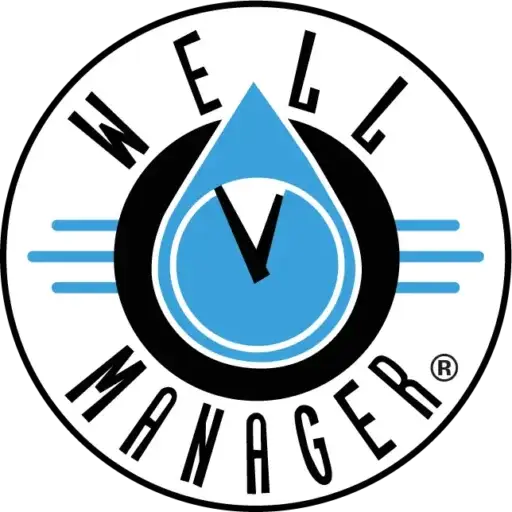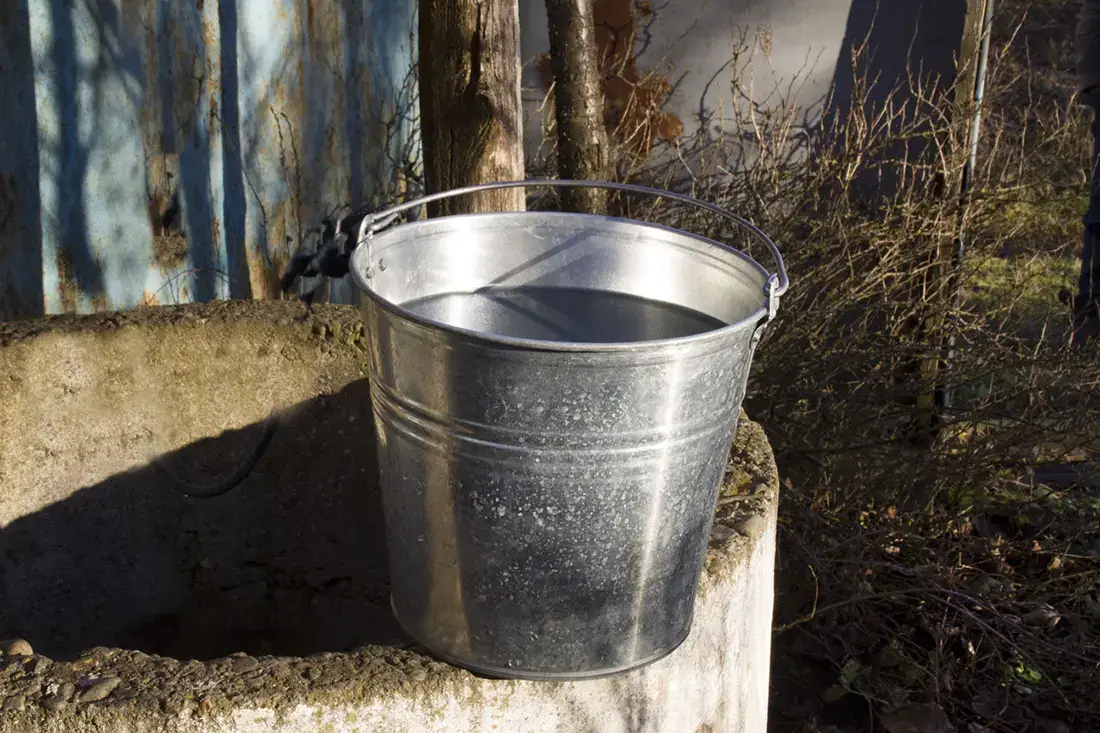Some families notice that routine tasks like showering and running the washing machine simultaneously lead to a sudden loss of water flow. Others experience faucets sputtering after only a brief period of use. It can be unsettling when water disappears unexpectedly, but the underlying problem may not be as obvious as it first seems. In many instances, the issue is that the well isn’t producing enough water to match the pace of daily household activities, prompting many homeowners to search online for how to increase water pressure without realizing yield is the root cause.
Confirming that a well is low-yield requires looking beyond a single shortage incident. Homes vary in size and water needs, so one person’s “good flow” is another person’s trickle. Still, common warning signs reveal a pattern of inadequate production. Understanding these clues helps determine whether a deeper solution is needed or whether routine usage habits must change to avoid those stressful mid-shower surprises.
Water Cuts Out During Heavy Use
Frequent water outages when everyone is at home, or multiple appliances run at once point directly to a supply shortfall. The well can’t keep pace with demand, so the pressure tank and lines run dry. Showers that abruptly turn into a dribble are more than mere frustration; they strongly indicate a strained system.
A home with a robust well yield typically weathers peak loads without hitting empty. Once faucets run dry from normal household tasks like laundry, dishwashing, or irrigating a small garden, it’s time to question whether the aquifer’s output matches the family’s usage. Repeated cutouts speak to an underlying production problem even if the water eventually returns.
Well Takes Hours to Recover
Some families discover their water works fine in the morning, but by lunchtime, pressure plummets. They turn off the taps, wait patiently, and watch as the well recovers overnight or after several hours. This extended downtime highlights that the water drawn was more than the well could recharge quickly.
When a healthy well runs briefly dry, it often bounces back in minutes—maybe under an hour—unless there’s extreme demand. Recovery that stretches beyond a few hours suggests the aquifer simply isn’t replenishing fast enough. That slow recharge exposes the well’s yield limits and forces people to stagger water-intensive tasks to avoid draining the system.
Low or Inconsistent Water Pressure
Weak flow during certain times of day is another tip-off. Mornings and evenings usually represent heavy use. If pressure is fine outside these windows but falters precisely when everyone needs water, the well might struggle to supply enough output at peak demand.
Pressure that starts strong and fades rapidly usually means the pump is pulling water faster than the aquifer can deliver it. Households forced to schedule showers around laundry cycles or limit appliance runs to off-peak times are effectively coping with yield restrictions. The well appears fine under light usage, but any surge in demand reveals a shortfall.
Testing GPM with a Bucket
A simple do-it-yourself measurement helps confirm low-yield suspicions. Turn off water-using appliances and run a spigot into a known container—like a 5-gallon bucket—directly from the pressure tank. Time how many seconds it takes to fill that container, then convert using: (Gallons ÷ Seconds) × 60 = GPM.
Repeating this test a few times yields an average flow rate. If the number falls below 3 gallons per minute for an average household, it often indicates a production problem. A well that can’t keep pace with everyday chores becomes frustrating, even if it briefly shows acceptable flow in off-peak hours.
Some High-GPM Wells Still Stumble
Occasionally, a well that measures over 3 GPM on tests cannot sustain high instantaneous usage. When multiple showers, irrigation, and laundry happen simultaneously, the net flow demanded can exceed what the well provides at once. This situation mimics a low-yield problem, even if the GPM reading looks decent on paper. Water gets used faster than it’s produced, causing a drop in effective pressure or a temporary outage.
The Pump’s Endless Work Cycle
Some people notice their pump kicks on constantly or runs for a very long time before reaching the shut-off pressure. That pattern suggests the water drawn from the well is insufficient for everyday tasks, forcing the pump to chase after a depleted supply.
A well in good shape allows the pump to fill the pressure tank relatively quickly and then shut off. If the motor stays active without achieving the target psi, the problem could be a yield deficiency. Overstressing the pump to compensate risks premature wear and higher energy bills, all because the aquifer isn’t delivering water at a strong enough pace.
Air in Pipes or Sputtering Faucets
Hearing air spitting from faucets is jarring, yet it often arises when the pump intake sucks in air pockets from a low water column. That indicates the well is near empty or producing water at a trickle. Faucets may make unusual noises or deliver sporadic bursts of water and air mixed together.
Extremely low yield magnifies this effect. If usage outruns the recharge, air seeps in as the pump intake attempts to draw water that isn’t there. The sputtering typically settles once the well recovers, but its repeated appearance reinforces the idea that the aquifer can’t keep up with normal draw.
A Professional Yield Test Confirms the Diagnosis
Some families rely on a licensed well contractor to perform more definitive assessments, such as a sustained yield or drawdown test. These involve pumping water at a fixed rate for a set period and measuring how quickly the well’s water level recovers once pumping stops. The results show how many gallons per minute the aquifer truly supports over time rather than just a short window.
This professional test is the gold standard for diagnosing persistent supply issues. If the well hits a plateau below the household’s needed volume, it’s a low-yield situation. Armed with that data, property owners can plan solutions—from adding storage tanks to installing timed-collection systems that “sip” water slowly.
Known Low-Yield Regions or Shallow Bedrock
Geographical context can’t be ignored. Some locations, particularly those with fractured bedrock near the surface, naturally yield limited groundwater. Others in arid climates or areas with historically low well logs may see yields that barely meet baseline needs. If local well data shows many homeowners with under 3 GPM, it’s prudent to assume your own well might face similar constraints.
Homebuyers often consult geological surveys or community records before finalizing a property purchase. An area labeled “low-yield” may not be a deal-breaker, but it raises the importance of verifying water sources and possibly installing specialized equipment.
Resolving Low Yield
Anyone seeing patterns of weak flow, slow recovery, or frequent pump cycling should consider investigating yield more closely. A well that never quite meets daily needs hampers everyday life at home. Whether it’s repeated bucket tests, advanced draw-down evaluations, or a combination, spotting these clues enables a clear path forward. Well Manager has solutions designed to gather water gently from low-yield wells and maintain stable pressure—often pairing smart storage strategies with a water pressure booster to smooth out peak-demand slumps. Addressing low yield early puts homeowners in control of their water situation, ensuring fewer interruptions and a more confident approach to everyday tasks. With the right insight and equipment, limited output no longer has to hold anyone back.


